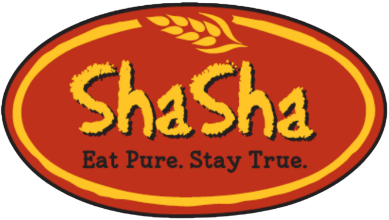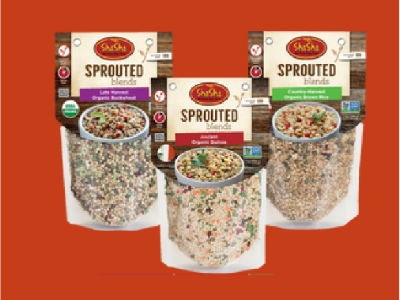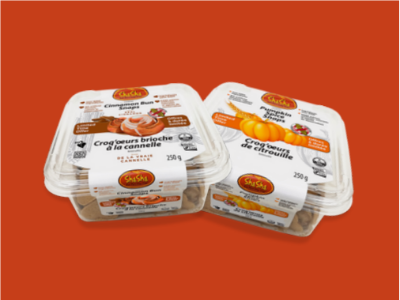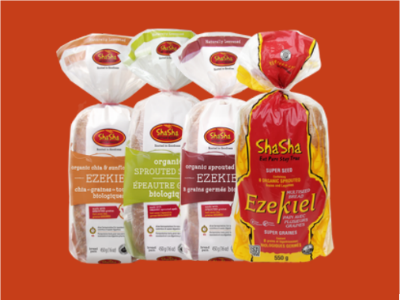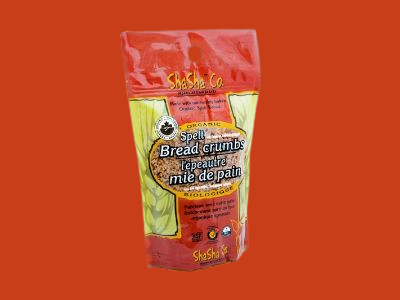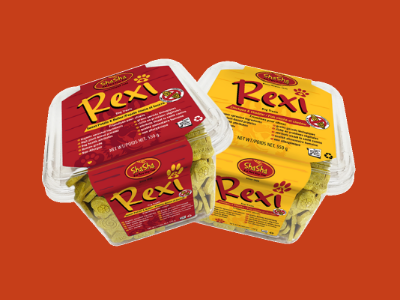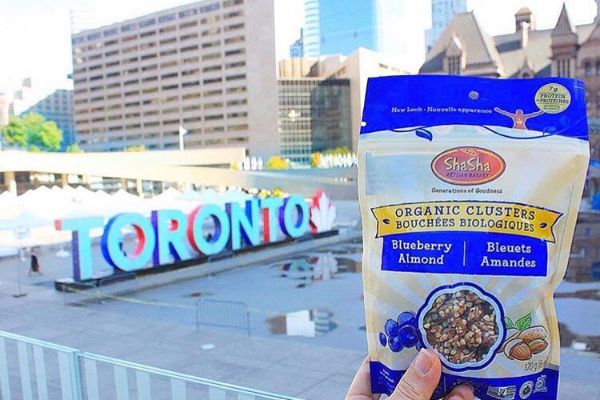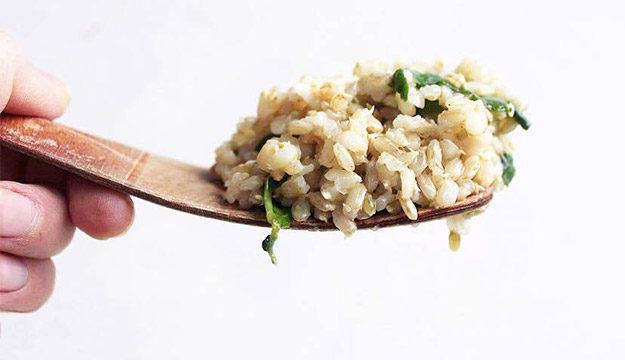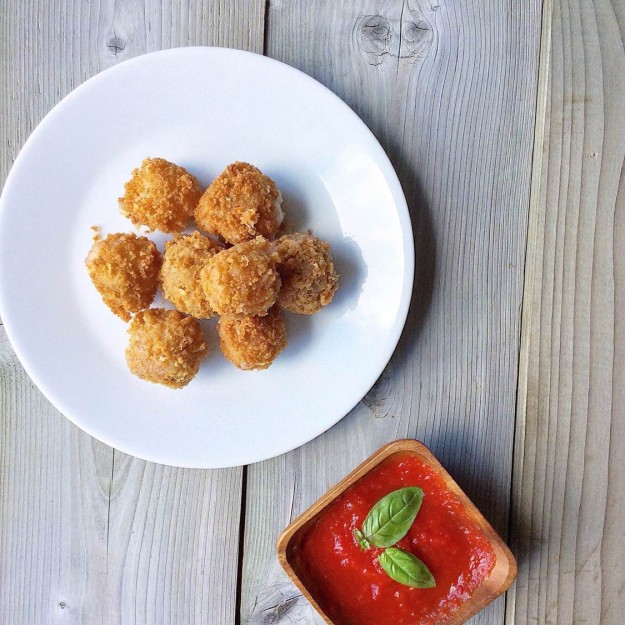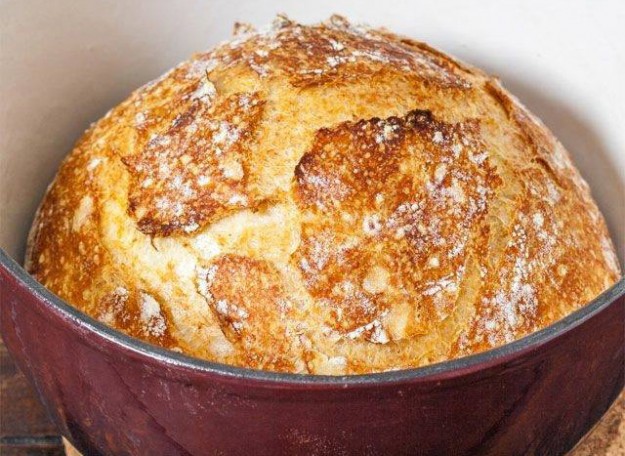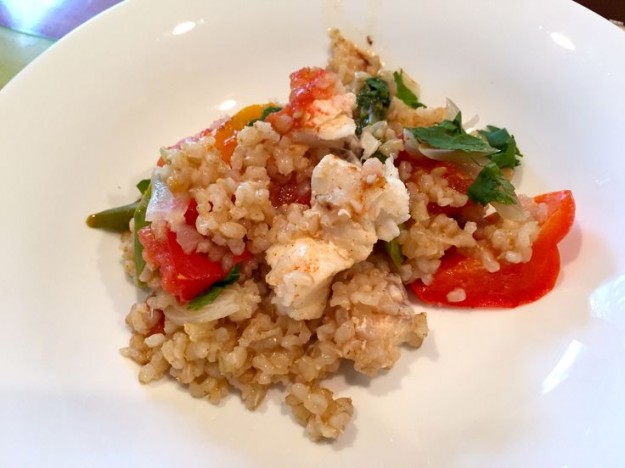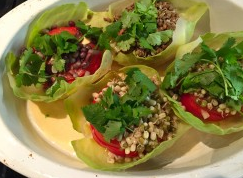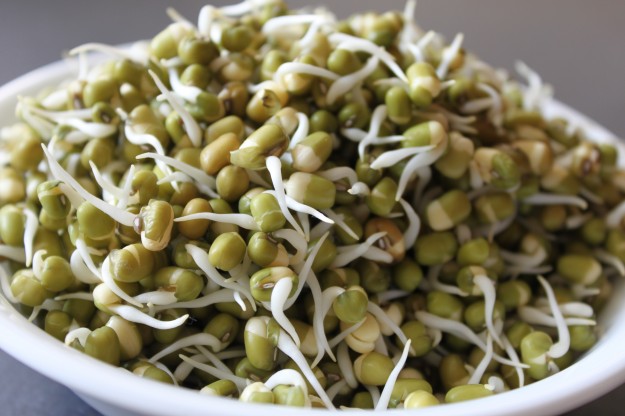Why Ancient Grains are the Best Thing since Sliced Bread
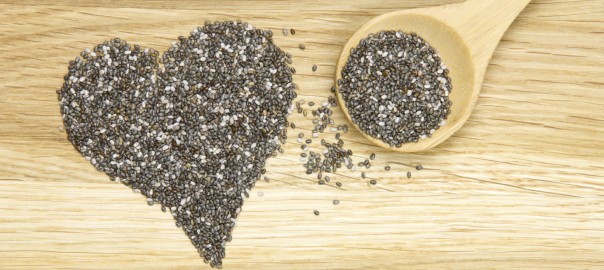
The modern diet results in a plethora of ailments from gluten sensitivity to depression and everything in between. But making healthy choices can be intimidating and expensive. You don’t need to learn to decipher nutrition labels or take a course in vegan cooking to navigate your way successfully through the supermarket aisles. You need to return to a simpler time when food looked like it did when it was harvested and your grandma would recognize it.
Part of our yearning for healthier meals has seen a resurgence of ancient grains; those healthy whole, organic grains that bring diversity (and fiber!) into our lives and give processed foods and GMOs the boot. These grains aren’t as easy to grown and process as wheat and corn, but they are incredibly easy to include in your diet and the rewards they offer are legion.

What is an ancient grain?
Ancient grains have been around longer than humans have been keeping records. They were farmed by the first agrarian civilizations and are the same today as they were then. Free from genetic modification and the kind of hybridization that modern crops have undergone, grains like quinoa, spelt, chia, amaranth, millet, wild rice and emmer are just as nature created them.
Preventative cardiologist and author of ‘Wheat Belly’, the book which is credited with having started the gluten-free movement, William Davis: “Agricultural geneticists have shown that wheat proteins undergo structural change with hybridization, and that the hybrid contains proteins that are found in neither parent plant. Now, it shouldn’t be the case that every single new agricultural hybrid has to be checked and tested, that would be absurd. But we’ve created thousands of what I call Frankengrains over the past 50 years, using pretty extreme techniques, and their safety for human consumption has never been tested or even questioned.”
It isn’t always true to say that ancient grains are more nutritious than modern grains; but they are generally great sources of fiber, protein, vitamins and minerals. In some areas, the ancient grains really hit it out of the park like barley which is an outstanding source of selenium, teff and spelt are brilliant sources of manganese, chia boasts twice as much fiber as other grains and oats takes the cake for high levels of thiamin.
Say no to Frankengrains
You will find ancient grains popping up in all your favorite products from breads to breakfast cereals. Manufacturers claim that they’re packed with whole grains, protein, omega-3 fatty acids and antioxidants, and that they are safe for consumption by those with allergies or gluten intolerance. But be careful of ‘green washing’.
If your bread is produced using modern baking methods and feature a sprinkling of ancient grains, you aren’t really eating something healthful; just healthy looking! Be sure to read labels and opt for healthy snacks and organic artisanal breads which are baked using traditional methods where gluten is properly processed.
Ezekiel Bread is a great example of real bread; inspired by the list of grains in the Bible passage for which the bread is named, it contains wheat, millet, corn and rice, barley, rye, and oats.
Another thing to note is that ancient grains don’t imply ‘gluten-free’. While some ancient grains like Amaranth, quinoa, buckwheat, millet and teff are gluten free, others like spelt and Kamut are not.
Bring the romance and wholesomeness of traditional cooking back to your kitchen by including ancient grains in your daily diet. You can find them in healthy snacks, artisanal organic breads and they are great on their own too.
